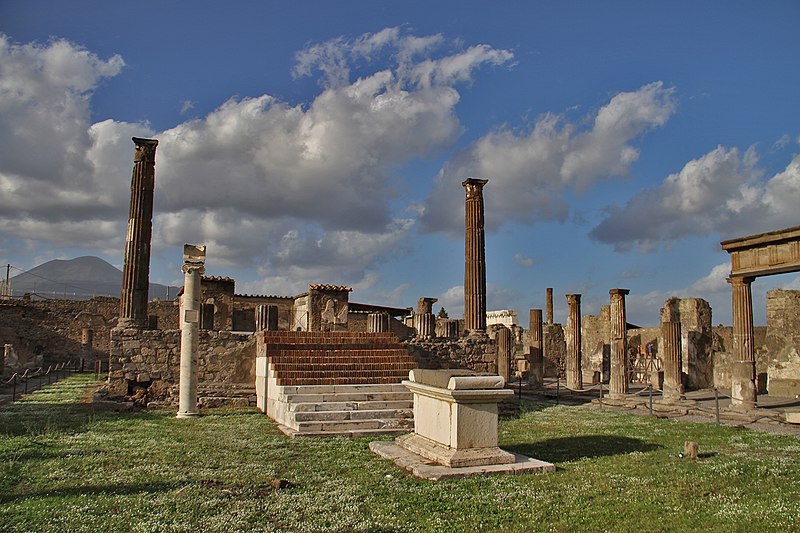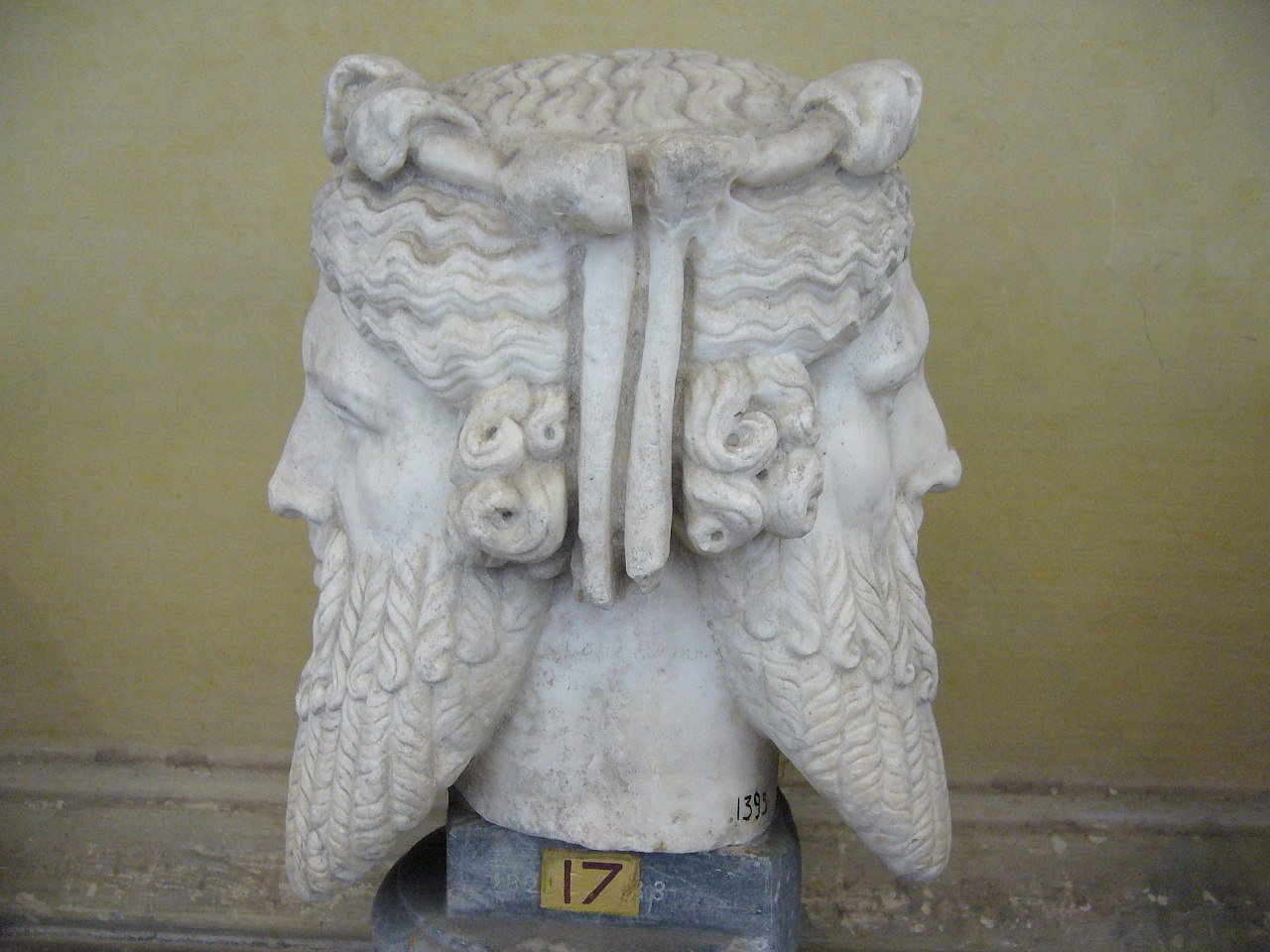Photos from the Art Institute
I am finishing my final projects for this semester but I know you are all dying to read another blog post! So here are some photos of Greek, and (mostly) Roman art I have taken during my trips to the Art Institute in Chicago, IL!
This is a rare bronze statue of the Greek God Dionysus. This is the centerpiece of the exhibit. The Roman honored this God as Bacchus, and it is widely agreed He is the same God. He was also associated with the native Roman god Liber. Hail Dionysus!
This is a bust of the Roman Emperor Marcus Aurelius. He is regarded as the last of Rome's five "good Emperors." He was also a Stoic philosopher, and his Meditations are still available for those who want to understand that philosophy.
Antinous, the lover of the Emperor Hadrian, and deified God as Osiris. Osiris is the Egyptian God of the afterlife, death, life, and resurrection. In modern Western culture, Antinous is recognized as a gay god, and the exploration of gender identity.
This photo was not taken at the Art Institute. This is Ceres, the Roman Goddess of agriculture, grain, fertility, and motherhood. If you are in the financial district of downtown Chicago, She is located next to the Chicago Board of Trade. They should also add a statue of Mercury.
This is a statue of a Roman. He is holding a scroll of some kind. What is really neat about this statue is how the sculptor depiced all of the folds in his toga, the details on his sandals. All of these statues are amazingly lifelike.
As the caption reads, this is the Emperor Julian dragging a captive by the hair. What it doesn't say, is he was the last Pagan emperor of Rome. He tried to restore Paganism as the religion of the Roman Empire. Had he succeeded, perhaps history would have been different.
This is another bust of Antinous. The head of this bust broke in half and became separated, but when both pieces were discovered to be part of the same sculpture, casts of each were made and they were able to create this bust by piecing them back together. Unfortunately, the Antinous exhibit is over, and I am not sure where these sculptures are on display today.
This is the head of a bearded Roman.
There are many other pieces of Greek and Roman artwork at the Art Institute. I have a thing for sculpures, but they also have many, many Greek vases and other types of pottery. There are also several mosaics, which are interesting in themselves. Of course, there is art from all over the world in the museum, and it is well worth the price of admission. This is the most beautiful museum in Chicago.










